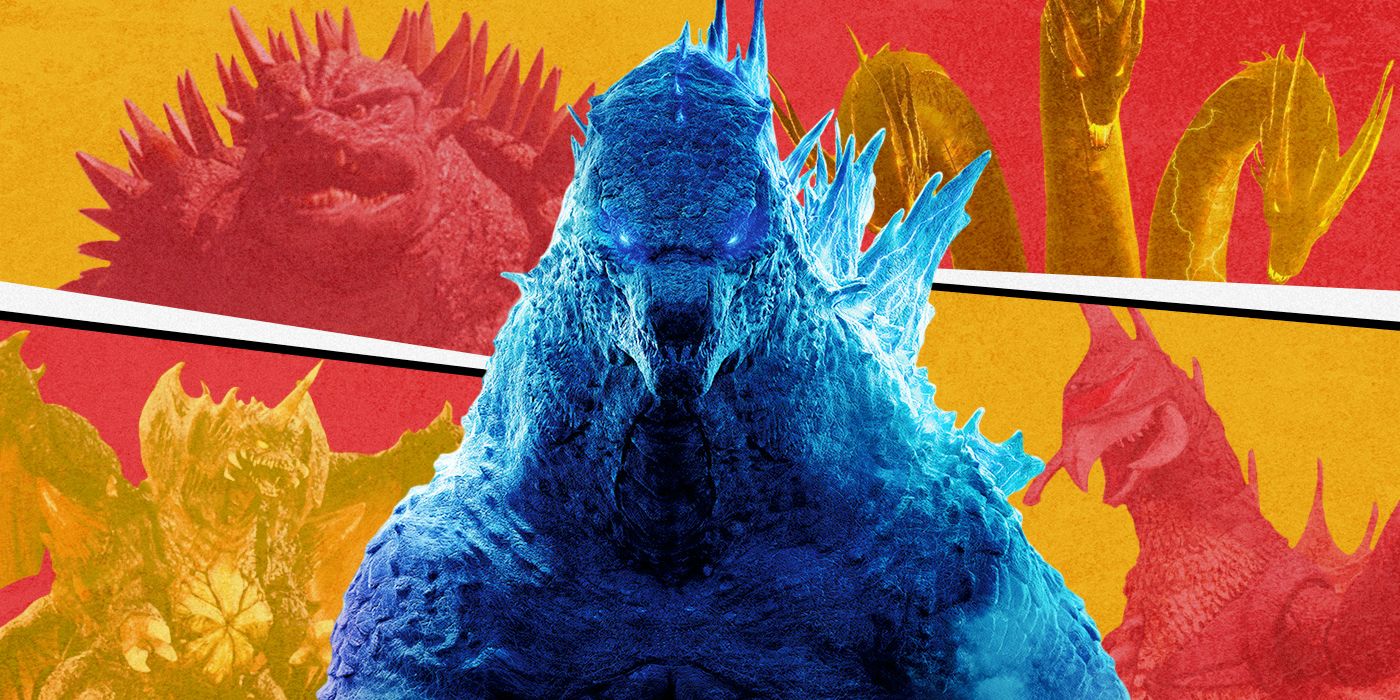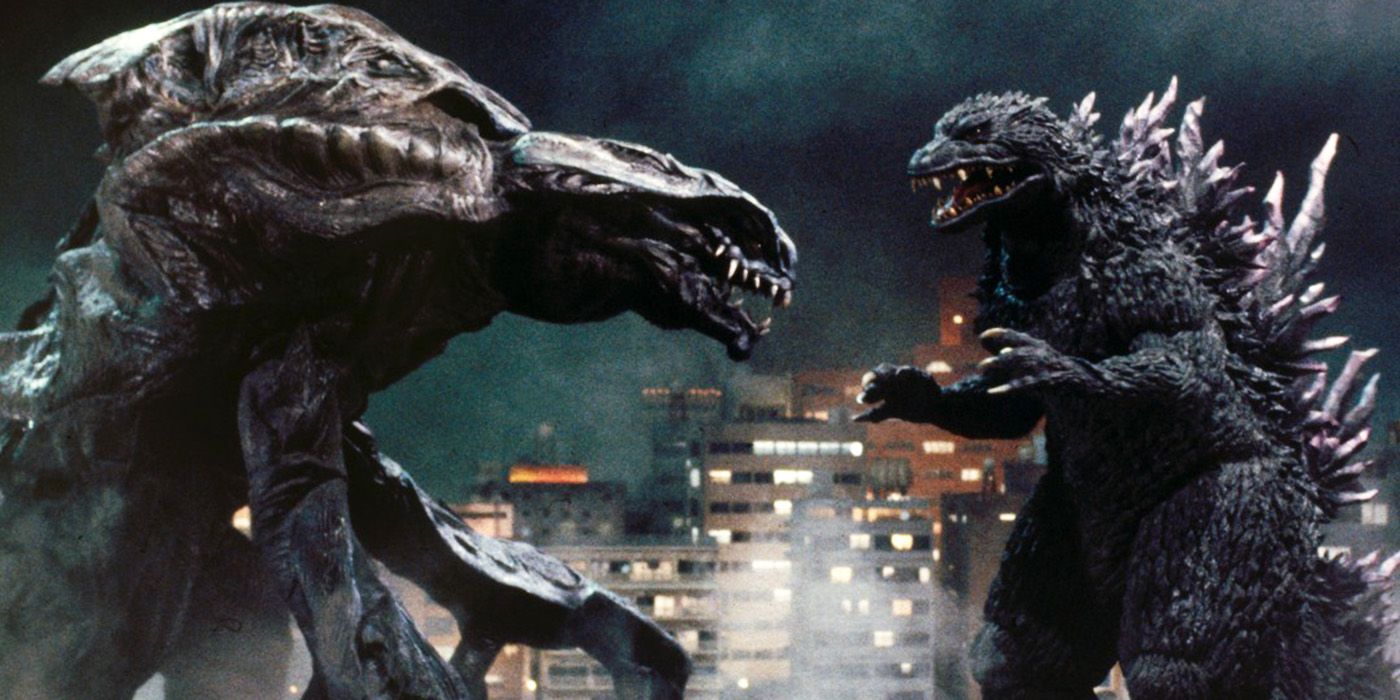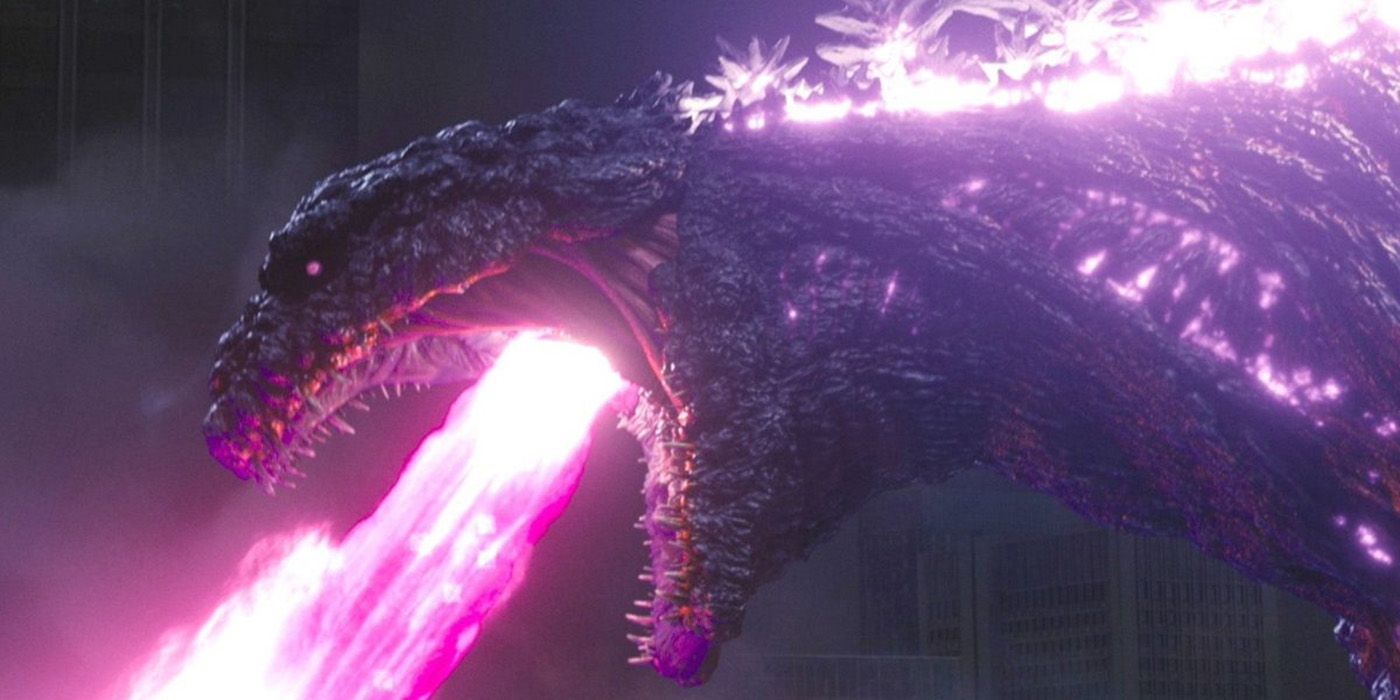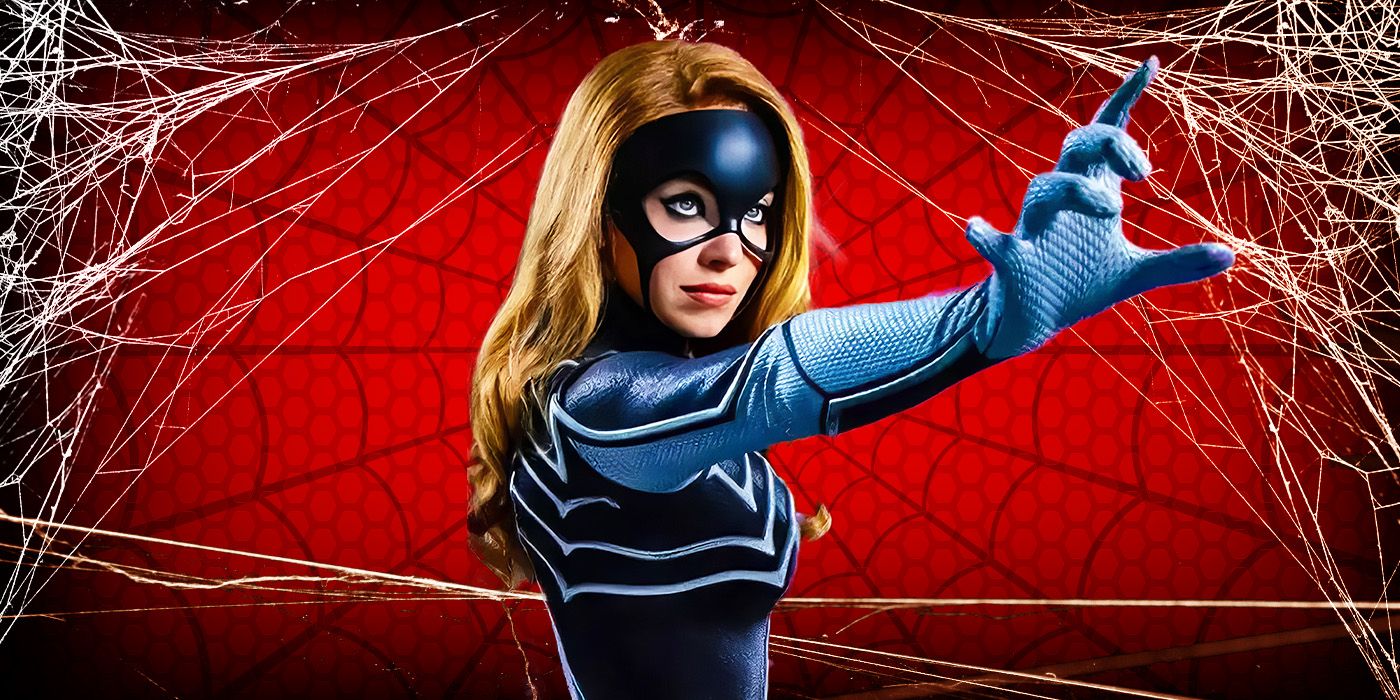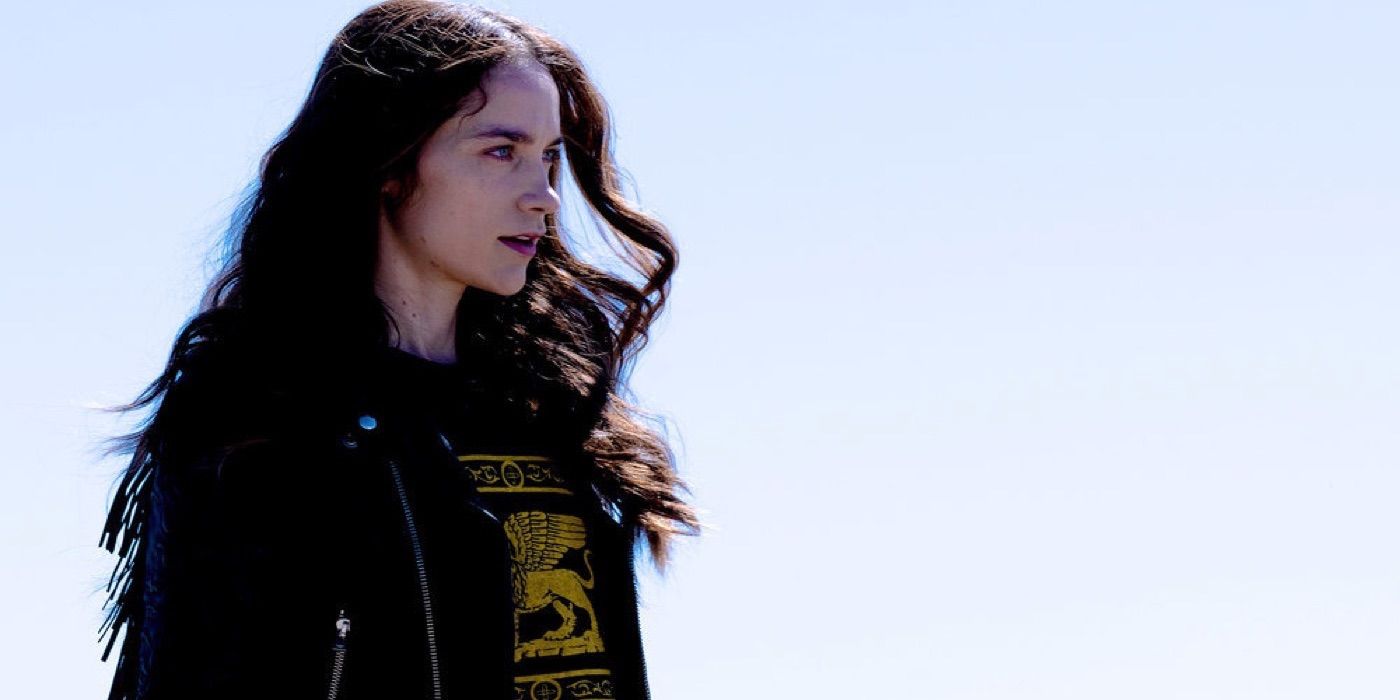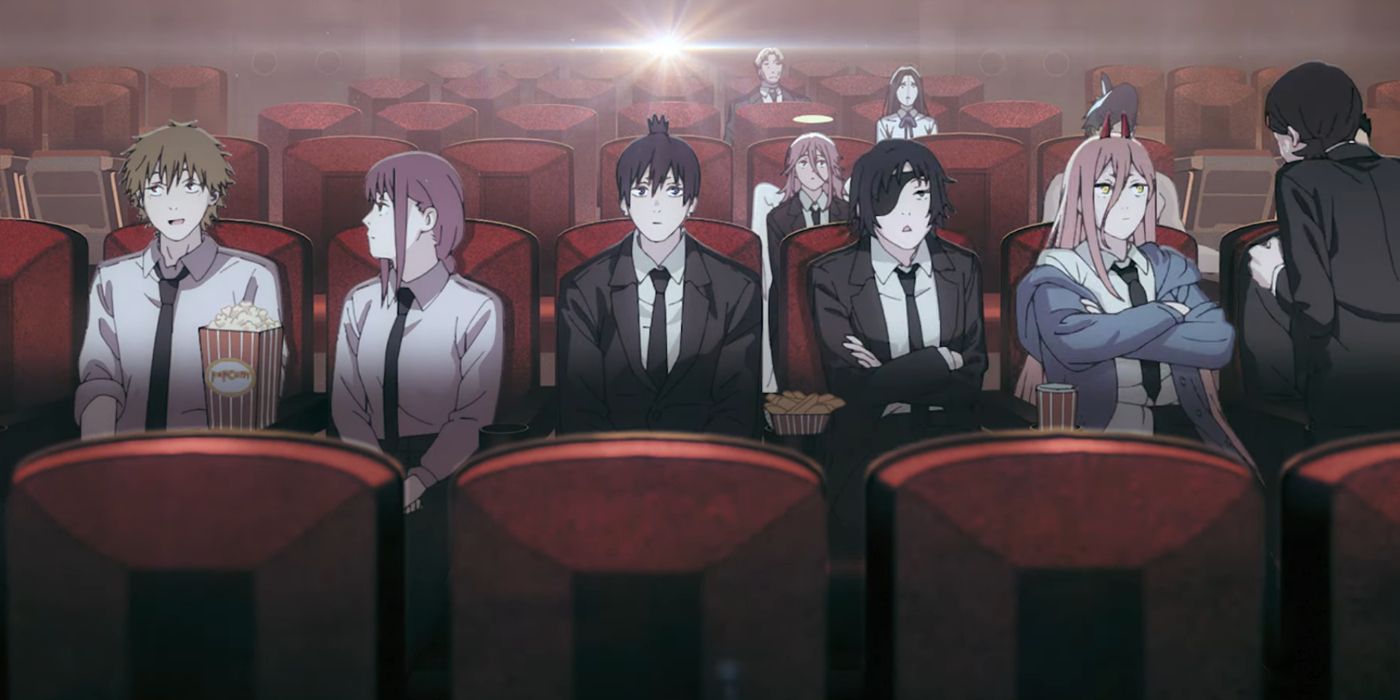The Big Picture
- Each new live-action Godzilla tries to outdo the previous one in power and abilities, from refined atomic breath to absorbing other kaijus’ life forces.
- The MonsterVerse Godzilla is a force to be reckoned with, showing his potential power by dispatching King Ghidorah and blasting holes in the Earth’s crust.
- The Reiwa Era Godzillas showcase immense power with impressive atomic breath but are less durable overall.
We all know that Godzilla is the King of the Monsters, maybe even all monsters, but which version of the famed kaiju is king over the rest? When it comes to live-action Godzillas, each one is different in size, stature, and overall effectiveness. Be it the overall destruction in its wake or the trademark atomic breath, Godzilla is one of those movie monsters with real lasting power because of how much he’s both changed and stayed the same over the years. But which one is the strongest? Let’s examine all the live-action Kings of the Monsters and find out!
Godzilla
- Created by
- Tomoyuki Tanaka
- First Film
- Godzilla (1954)
Each New Godzilla Seems More Powerful Than the Last
Godzilla first showed up in 1954 in the Japanese picture titled Gojira (Godzilla in English) and proved to be a real powerhouse. Meant to be a physical representation of the atomic bombs dropped on Japan at the end of World War II, Godzilla terrorized Tokyo before being killed by an “Oxygen Destroyer.” “Believe it or not,” noted Godzilla co-creator Ishirō Honda in the book A Critical History and Filmography of Toho’s Godzilla Series by David Kalat, “we had no plans for a sequel and naively hoped that the end of Godzilla was going to coincide with the end of nuclear testing.” But just as the world’s nuclear programs continued, so did the King of the Monsters.
Each subsequent Godzilla tried to one-up the original, and this was seen in different ways. In Godzilla Raids Again, the monster fights another kaiju of similar size, rather than the Japanese people. By his third film, he was fighting King Kong, and by Son of Godzilla (the eighth film in the original chronology), our heroic monster’s atomic breath was more refined and arguably more powerful. In the finale of the original Shōwa Era, Terror of Mechagodzilla, the King of the Monsters again goes up against Mechagodzilla and some other giant opponents, concluding with a massive win. But about a decade later, the King of the Monsters returned for the Heisei Era for The Return of Godzilla, which introduced a larger Godzilla. Only a few pictures later, the Heisei Godzilla upgraded his atomic breath to a spiral heat ray attack, which proved more formidable than anything the Shōwa Era legend could do.
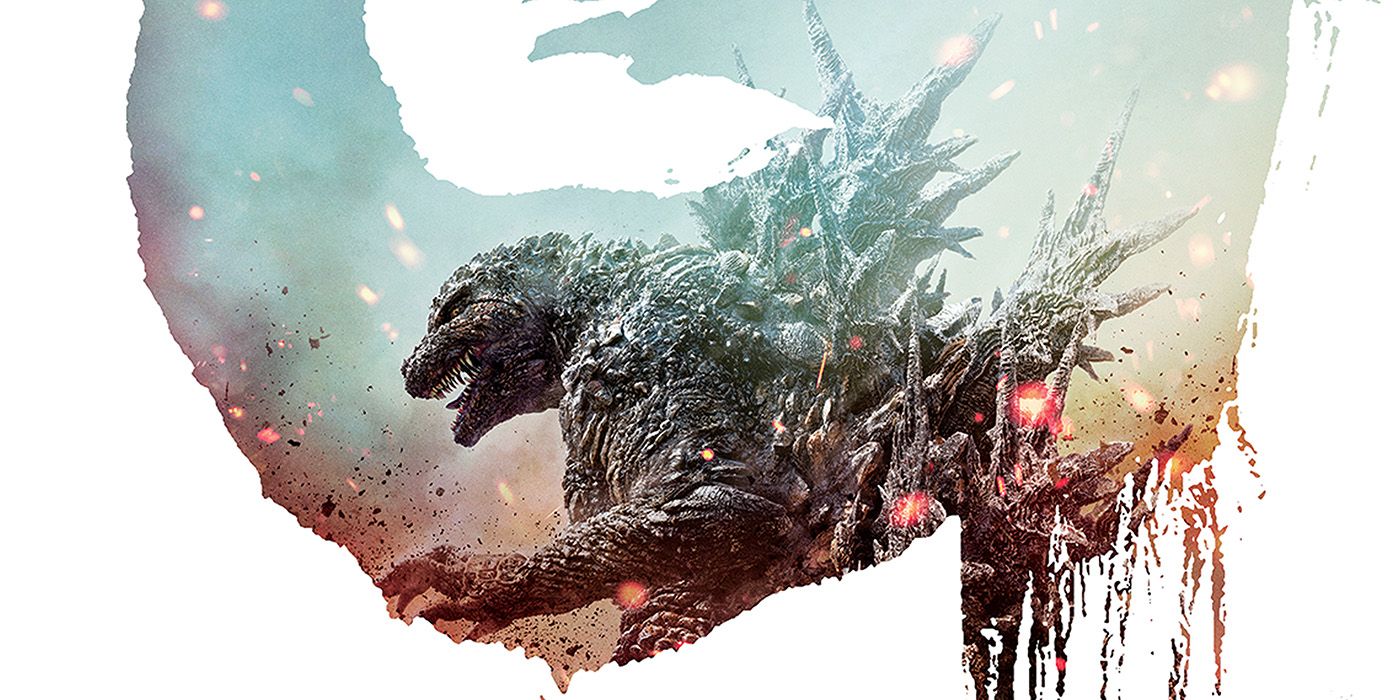
What Does ‘Godzilla Minus One’s Title Mean?
Nobody told us that there’d be math involved!
The Heisei Godzilla was much darker than the original, especially at first, and continued to double the kaiju legend’s power. In Godzilla vs. Mechagodzilla II, we learn that this Godzilla can absorb the life force of other kaiju, and when he does, can emit a red atomic heat ray even more powerful than his usual blue. To raise the stakes even higher, in the Heisei Era finale, Godzilla vs. Destoroyah, the King of the Monsters absorbs so much nuclear energy that he becomes Burning Godzilla, arguably one of the creature’s most powerful forms. Unfortunately, it also ends with a nuclear meltdown, and every time Burning Godzilla uses more of his incredible power, he gets closer to death. Eventually, he does die, and his life force resurrects his son, Godzilla Junior, to take his place.
The Millennium Era Changed Things up for Godzilla
After the Heisei Era had come to a close with Godzilla’s demise, it only took four years before the release of Godzilla 2000: Millennium, which kicked off the next era of the King of the Monsters. With Godzilla 2000 our favorite kaiju was now sporting an orangish atomic breath that was arguably more powerful than his usual blue. How do we know that? Well, his new heat ray plows through an alien spacecraft and nearly takes Orga’s head off in the process. What’s interesting about the Millennium Godzilla here, is that (not unlike the Heisei Era version) the original Godzilla film is canon to Godzilla 2000. This means that in the time between the original and the 1999 film (45 years), this Godzilla had been absorbing as much atomic energy as he could.
Of course, with Godzilla, Mothra and King Ghidorah: Giant Monsters All-Out Attack that all changed, as GMK was a standalone sequel to the original that only honored the franchise’s past while not adhering strictly to any other continuity (except maybe the American-made Godzilla from 1998 that we don’t speak about). This Godzilla was pretty much the same as his pre-millennium counterparts, with the blue atomic breath back in action and the ability to go toe-to-toe with other kaiju. But at this point, since most Godzillas can do that, it doesn’t make the GMK version any more special.
This remained the case throughout the rest of the Millennium Era, with Godzilla Against Mechagodzilla and Godzilla: Tokyo S.O.S. both featuring similarly powered Kings of the Monsters that go up against both Japanese mechs and alien monsters. Godzilla’s final Millennium Era entry, Godzilla: Final Wars, would increase the monster’s power, but we’ll get into that in a moment. First, let’s cross the Pacific to America to highlight the American-made MonsterVerse.
The MonsterVerse Godzilla Is a Force To Be Reckoned With
In 2014, Legendary Pictures launched their MonsterVerse franchise with the very first film in the series, simply titled Godzilla. A complete reboot of the King of the Monsters property, Godzilla showed an incredibly powerful (and enormous) Godzilla who rarely used his atomic breath in battle. By the time he did, it didn’t seem nearly as impressive as his Japanese counterparts and many longtime franchise fans wrote off this version. But by the 2018 sequel, Godzilla: King of the Monsters, we saw that this Godzilla was even stronger than we originally thought. Not only was his atomic heat ray much stronger this time around, but we learned that this Godzilla, like his Heisei counterpart, can absorb the life force and energy of other kaiju as well as that of nuclear power.
The result is a Godzilla that resembles the previous Burning Godzilla, who glows an orangish color while battling his opponents but doesn’t melt down in the process. Able to release pulses of atomic energy at will, the MonsterVerse Godzilla gives us a taste of his potential power levels by quickly dispatching King Ghidorah and using his improved atomic breath to blow one of the dragon’s heads clean off. King of the Monsters implies that the MonsterVerse Godzilla can and will continue to evolve, and we see it as such in future entries like Godzilla vs. Kong.
In Godzilla’s third MonsterVerse appearance, not only does the King of the Monsters go toe-to-toe with King Kong, but he likewise proves that his atomic heat ray is more powerful than ever. Not only can he fire his energy beam from the bottom of the ocean and still cause major damage (he annihilates an aircraft carrier), but he can also blast a hole in the Earth’s crust that runs down into the Hollow Earth. And from what we’ve seen from the Godzilla x Kong: The New Empire trailer, it seems as if the King of the Monsters is getting another power upgrade that might put him at the top of the food chain.
The Reiwa Era Godzillas Are Immensely Powerful, but Considerably Less Durable
It’s here that we must go back to Japan to highlight the impressive nature of the Reiwa Era of live-action Godzilla movies, not because these versions of the King of the Monsters would necessarily beat the MonsterVerse version, but because we’d be remiss not to mention them at all. This is especially the case for Shin Godzilla, a pretty bold and grotesque take on the Godzilla character that proves itself immensely powerful. Tragically, the Shin Godzilla monster isn’t as durable as previous versions (including the MonsterVerse one), but his atomic breath is one of the most impressive we’ve ever seen.
In Shin Godzilla, the titular monster––who continues to evolve throughout the film––breathes both smoke and fire before eventually burning Tokyo with purplish radioactive energy that nearly decimates the entire city. With violet being at the far end of the electromagnetic spectrum, it has led some to conclude that Shin Godzilla may have the most powerful atomic breath of them all. To make things worse for the people of Japan, this Godzilla can also fire a heat ray from his impressive tail as well as the dorsal spikes on his back. But Shin Godzilla‘s famed monster (who was also the tallest of all Godzillas) is eventually frozen solid and defeated by the people of Japan. With no sequel in sight, we may never know how powerful this Godzilla might’ve become.
Additionally, the Reiwa Era has also produced another standalone live-action Godzilla feature (we’re not counting the anime trilogy here, sorry) with 2023’s Godzilla Minus One. This overly aggressive Godzilla goes back to the original intent of the character, meant to be a representation of the atomic bombs used on Japan during the Second World War. But Minus One goes a step further by setting this tale just after the events of World War II, making Godzilla an even bigger (and more destructive) threat. This version is a lot more durable than the Shin version (he’s survived a nuclear bomb), and more than that, has an impressive healing factor. However, he is defeated by his atomic breath at the end, which makes one wonder how he’d fare against one of his other counterparts.
The ‘Final Wars’ Godzilla Beats Out All Others, but the MonsterVerse Titan Is on His Tail
We promised we’d get back to Godzilla from 2004’s Godzilla: Final Wars, and here we are. Meant to be a 50th-anniversary finale for the Godzilla franchise (and Toho’s last Godzilla production until 2016’s Shin Godzilla), Final Wars was set in its continuity that ignored every other installment and pitted the King of the Monsters up against multiple opponents at once. Final Wars Godzilla not only fought three kaiju in hand-to-hand combat simultaneously, but he also blew the heads off multiple other monsters (including the 1998 Zilla). He defeats eight different monsters in the Final Wars movie before taking on Monster X aka Keizer Ghidorah, seemingly the most impressive monster in the universe.
It’s also worth noting that the Final Wars kaiju is generally more resilient than the MonsterVerse Titan, who might otherwise have claimed the title of the most powerful Godzilla. While the MonsterVerse Godzilla has also handled multiple combatants at once, the Final Wars version did so without breaking a sweat. Additionally, Final Wars Godzilla also displays a burning G-spark heat ray that shot Keizer Ghidorah into the far reaches of space and saved all of Earth from an asteroid that would’ve otherwise wiped out the entire planet. No wonder Godzilla retires back to the sea afterward.
Now, it’s entirely possible that with Godzilla x Kong: The New Empire the MonsterVerse version of Godzilla could prove more resilient and deadly than even the one we know from Godzilla: Final Wars. At the rate Godzilla is evolving and developing, there’s certainly a case to be made, especially when you consider how powerful the other Titans he battles are in comparison. But at this point, it’s the Final Wars Godzilla who deserves the highest praise, and rules confidently as the true King of the Monsters.
Godzilla Minus One can be seen exclusively in theaters, while Godzilla x Kong: The New Empire is set to release in theaters on April 12, 2024. Other Godzilla movies are available to stream on Max in the U.S.
Watch on Max

